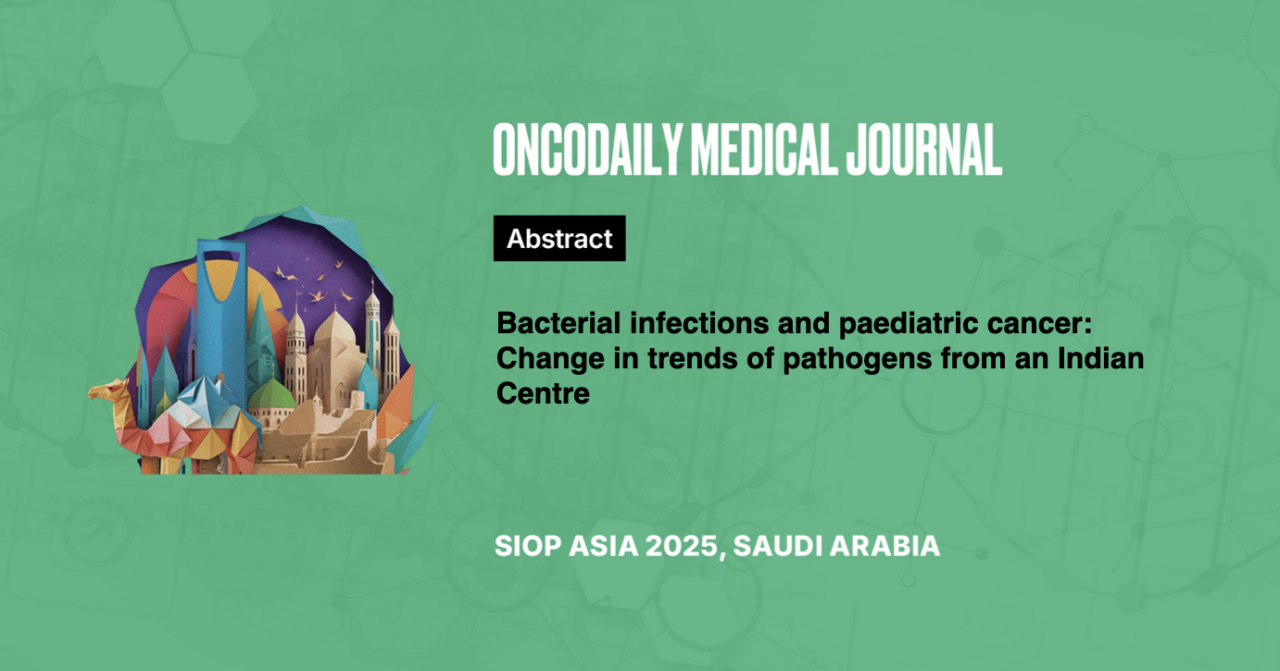Bacterial infections and paediatric cancer: Change in trends of pathogens from an Indian Centre
Abstract
Introduction: Bacterial infections in paediatric cancer patients present a significant clinical challenge due to immune-suppression, which can lead to prolonged hospital stays and complications.Objectives are 1.To determine the etiological agents of different bacterial infections in pediatric cancer patients. 2.To obtain antimicrobial susceptibility pattern of the isolates in the patients of pediatric cancer.
Methodology: This cross-sectional study was conducted over a period of 18-months. Paediatric cancer patients presenting with febrile episodes were included. Clinical samples, including blood, urine, and respiratory secretions, were collected and processed using standard microbiological techniques. Bacterial isolates were identified and antimicrobial susceptibility testing was performed using the Kirby-Bauer disk diffusion method.
Results: A total of 158 samples were collected from paediatric cancer patients with febrile episodes, 52(33%) was culture positive. Majority of isolates were from acute lymphoblastic leukaemia patients with bloodstream infection (BSI) 56% (42/74) followed by urinary tract infection (UTI)13% (8/60). Gram-positive bacteria 57.6% (30/52), with Staphylococcus aureus (42%) being the most common, followed by Enterococcus species (15%). Gram-negative bacteria accounted for 42% (22/52) of isolates, with Klebsiella pneumoniae (19%) and Escherichia coli (7.6%) being the predominant species. Out of all gram-positive organisms, a significant proportion of isolates exhibited multidrug resistance (65%), Most common being MRSA strains. Majority of isolates exhibited resistance to fluoroquinolones followed by cephalosporins.
Conclusion: Indian study by Siddaiahgari et al and Bakhshi et al had observed gram-negative bacteria (67%,33%) most common causative agent of BSI, but in our study it’s by gram positive bacteria. Study by Santolaya et al shows UTI (19.6%) to be the 2nd common infection after BSI caused by gram-negative bacteria, almost similar to our study (13%). These findings indicate a shift towards gram positive MDR pathogens which emphasize the need for infection control measures and antimicrobial stewardship programs to manage resistant infections, thereby improving clinical outcomes.





